Destinations
Lesser Known Parts of Cuba to Discover This Year
Street life in Gibara, Holguín
Photo: Alamy
Escape the crowds and look further into the Cuban landscape for a glimpse of these lesser-known destinations!
Cuba’s unique landscape, with its unmistakable elongated disposition dominating the northern Caribbean, makes each regional province on the island remarkably diverse.
Away from the larger cities and popular municipalities, there’s a world of relatively unknown parts to the average commercial traveler - and to shed light on these marvelous spots - we’ve prepared a brief guide to the top four places worth visiting this season.
Houses in Gibara, Holguín
Photo: Shutterstock
1. Gibara
Gibara, also known as Villa Blanca, is a wonderfully laid-back destination to spend a few days in the province of Holguín. This relatively small town, northeast of Cuba, can be accessed from central Holguín by road in roughly 45 minutes, which you’ll spend observing the rural Cuban landscape.
This low-key town is particularly known for its international film festival - Festival Internacional del Cine de Gibara or the FIC Gibara. The event is held every summer in August, featuring live music concerts each night, with numerous book presentations and independent Cuban cinema.
During the rest of the year, the ideal activity is pure relaxation as you enjoy the local seafood cuisine. In general, Gibara is a very welcoming place, with the majority of restaurants located within family homes for a more intimate experience of Cuban life. But of course, for beach enthusiasts, Gilbara’s surrounding beaches like Playa Caletones - just a 30-minute drive away - are well worth the trip.
Hotel Hanabanilla
Photo: Alamy
2. Hanabanilla
The marvelous cascades of Hanabanilla are the highest on the island, reaching around 364 meters above sea level. In the province of Villa Clara in the heart of Cuba, this geographical splendor is one to definitely presence, primarily if you focus on eco-travel, which Salto de Hanabanilla offers in numerous ways.
Nearby these incredibly high waterfalls of Cuba, we find Hotel Hanabanilla, a modest place to stay with a big impact as the hotel lies on the banks of Lake Hanabanilla with a clear view of the Escambray Mountain Range in the distance. So, you’ll be able to take in this beautiful Cuban landscape right from your hotel room window. And, if you want to get a hands-on experience of the mountainous area, you can find rappelling and hiking tours close by.
Isla de la Juventud
Photo: Shutterstock
3. Playa Bibijagua
Just 10 kilometers from Nueva Gerona, the head municipality on the Isla de la Juventud (Island of Youth), you’ll find the intriguing Playa Bibijagua Beach - the only beach with black sands in Cuba. The unique geographical structure of Bibijagua makes for unforgettable travel memories. Now, the peculiar sands along the coast aren’t the only features that stand out, the Isla de la Juventud is abundant in tropical palm vegetation, and if there’s availability, you can camp out right on the beach at Arenas Negras.
Also, if you’re more artistically inclined, a series of 10 stylish and eccentric marble sculptures by Cuban nationals are placed around the area - a genuine encounter with the visual arts scene. Apart from reaching the 2,419 square kilometer island by boat, you can also book a short flight to get there. The island of youth allows travelers to gain a different perspective of the Cuban archipelago.
La Cueva de Saturno near Varadero
Photo: Shutterstock
4. Cueva Saturno
Right in the famous zone of Varadero, La Cueva de Saturno, or Saturn’s Cave, draws the attention of eco lovers in search of fascinating locations. This cave is made up of various caverns at least 20 meters deep - each known for its beautiful composition.
The main attraction, however, is the natural blue-emerald pool at the end of its corridor - perfect for diving and interacting with a diversity of subaquatic fauna while cooling down from the cave’s insular heat. The soft sound of water trickling down the interior walls, and the presence of impressive and natural formations, create an almost magical environment.
The cave can be easily accessed by car, where you’ll travel between the province of Matanzas, and the beach town of Varadero, which you might want to stop by and visit on your way to Cueva de Saturno.
Written by Gabriela Rey.
Published November 2022.
Looking for Some Cool Things to Do?
Best Spots for Fishing Around Cuba
Largely untouched and diverse, Cuba is one of the most
Five of the Most Instagrammable Cafes in Havana
Havana is full of gems to start your morning on
Marabana – Havana’s Annual Marathon
The Marabana, Havana’s annual marathon, is a unique opportunity to
LGBTQ+ Nightlife: Six Gay-Friendly Venues to Visit in Havana
Havana's LGBTQ+ scene is livelier than ever! Check out these
Sip and Dance Your Way Through Trinidad’s Nightlife
Things To DoSip and Dance Your Way Through Trinidad's Nightlife
The Top Five Best Bakeries in Havana
Sweeten-up your life with some of the most exquisite pastries
When Is the Best Time to Visit Cuba?
Planning a visit to Cuba? The island offers sunny skies
Havana’s National Museum of Fine Arts
Your essential guide to one of Cuba’s most fascinating cultural
Cuba’s Top Destinations For Your Next Mountain Bike Adventure
Get to know the 5 best spots for mountain biking
Categories
Tags
Share
Subscribe to our newsletter
Get more travel inspiration, tips and exclusive offers sent straight to your inbox


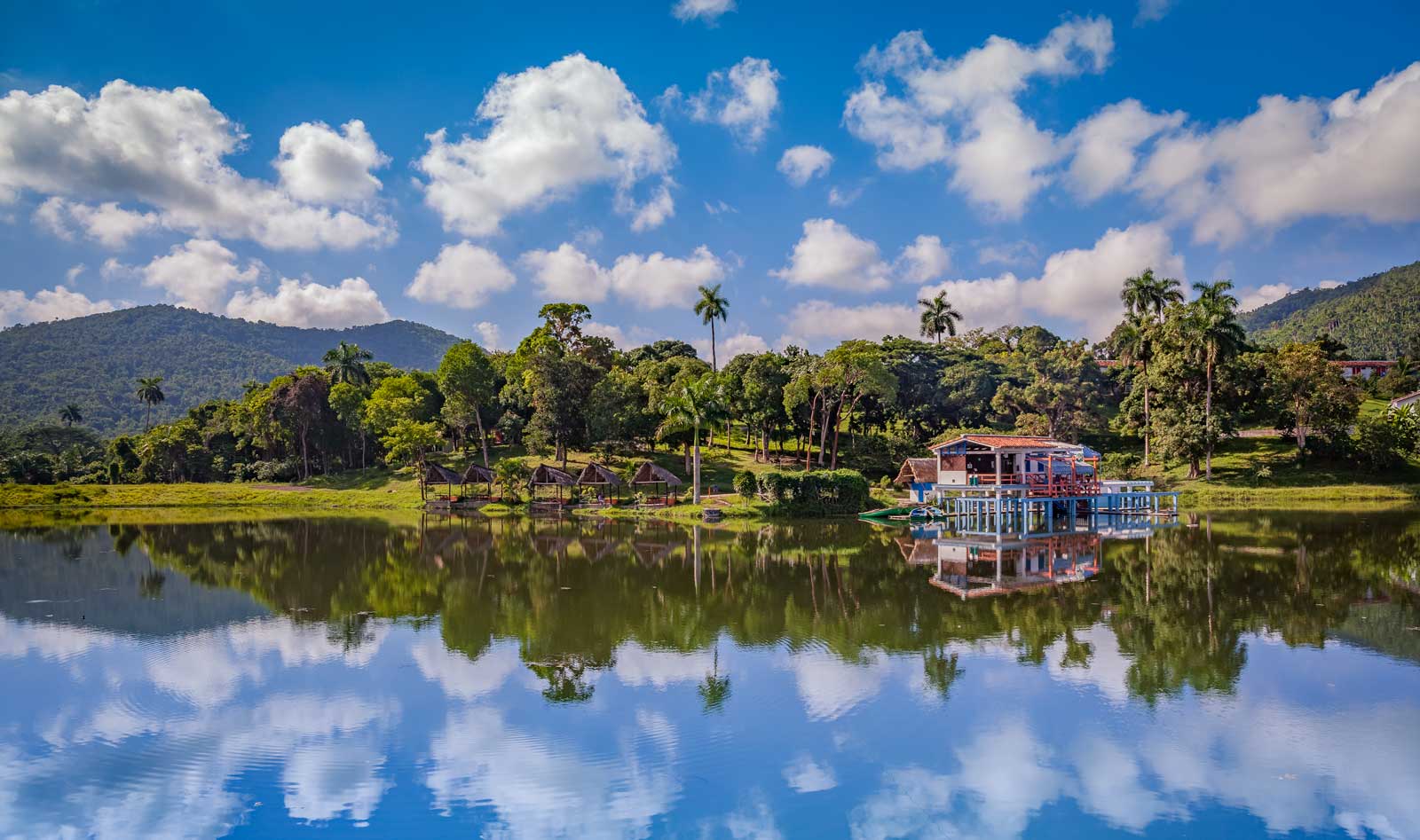
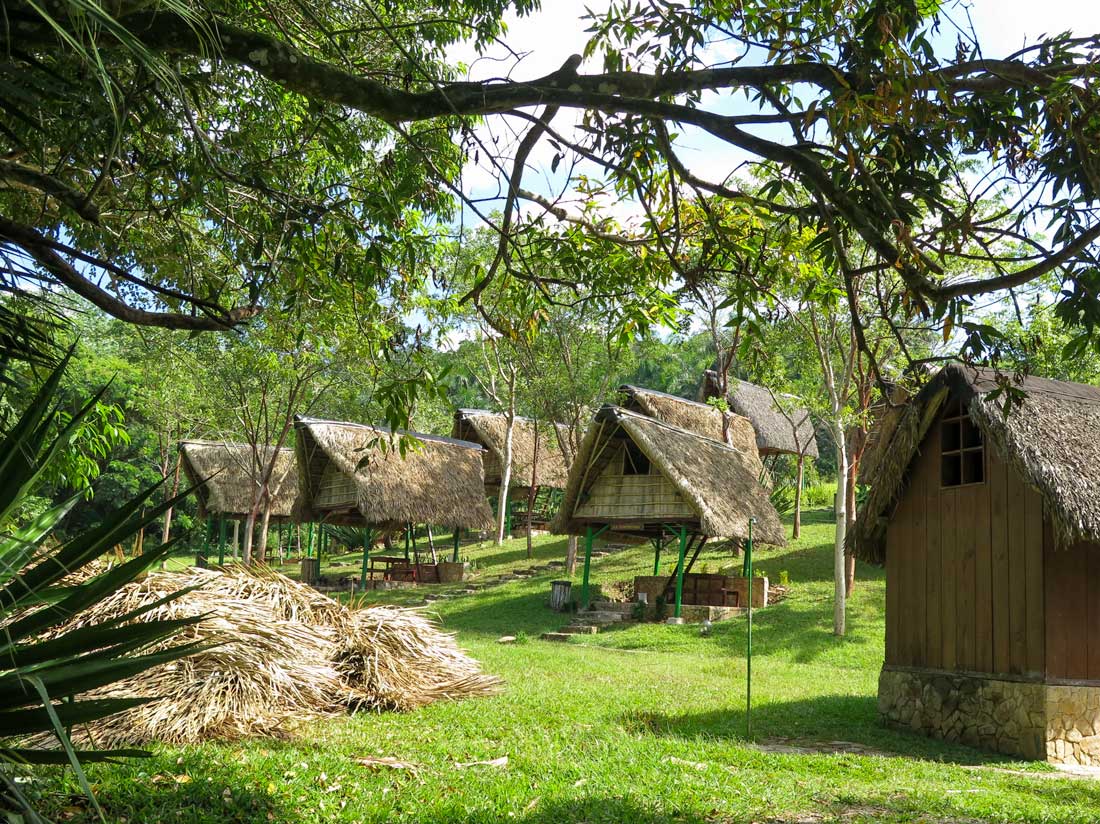
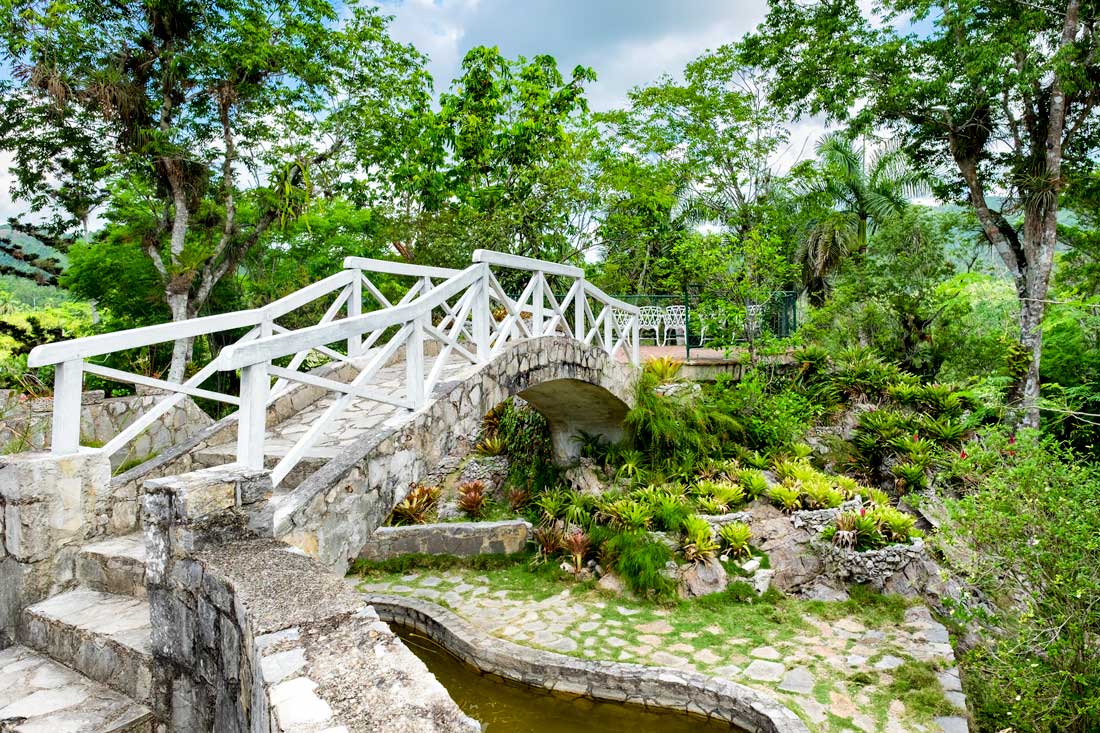
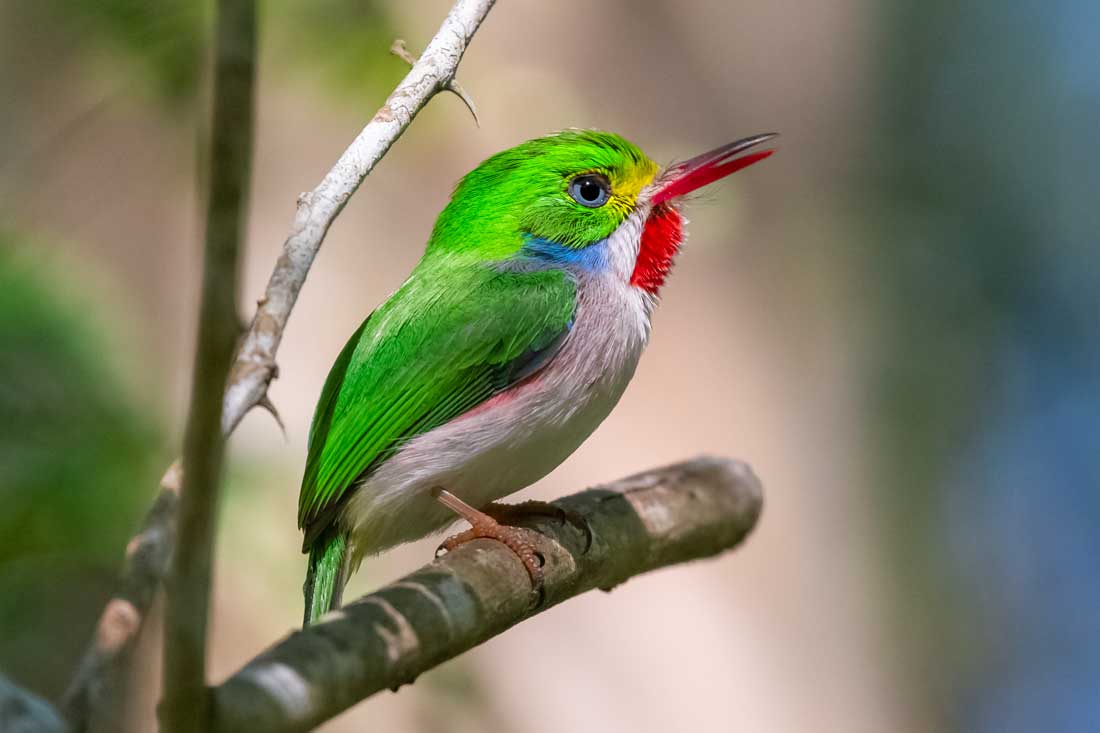
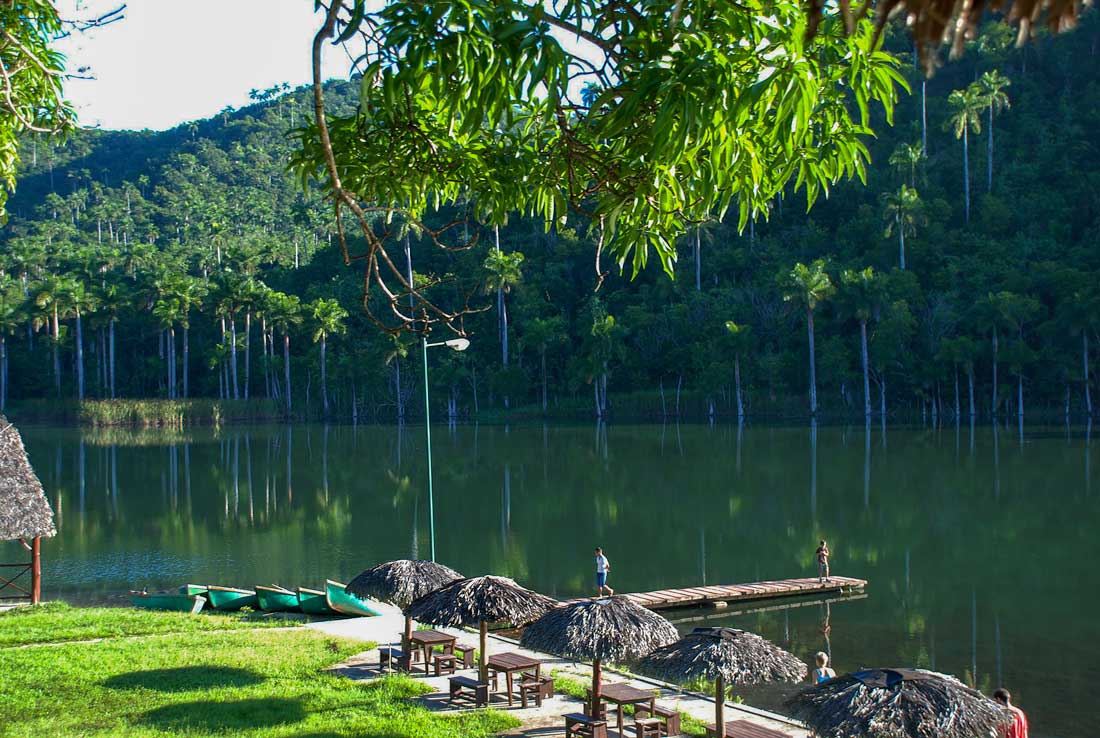

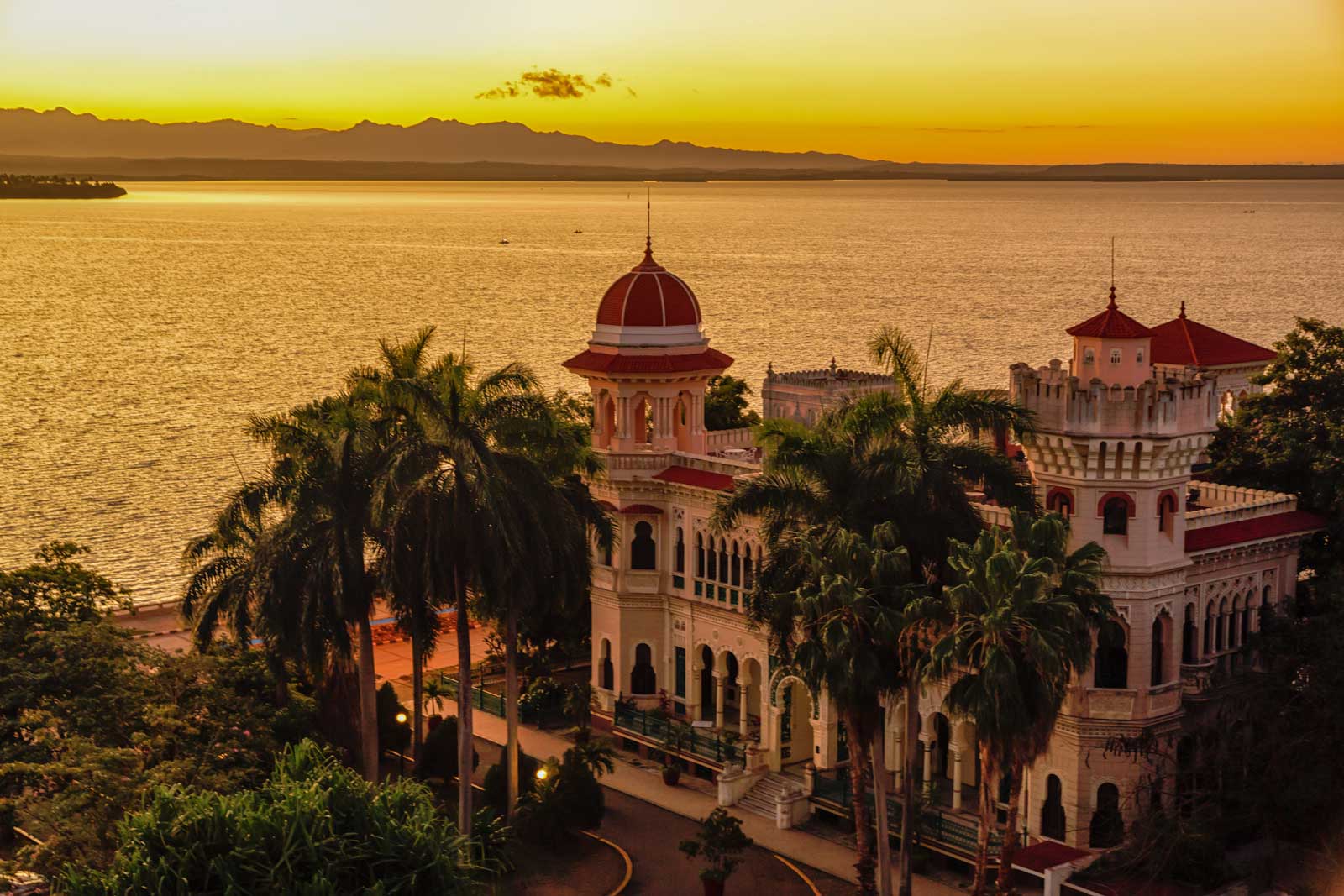


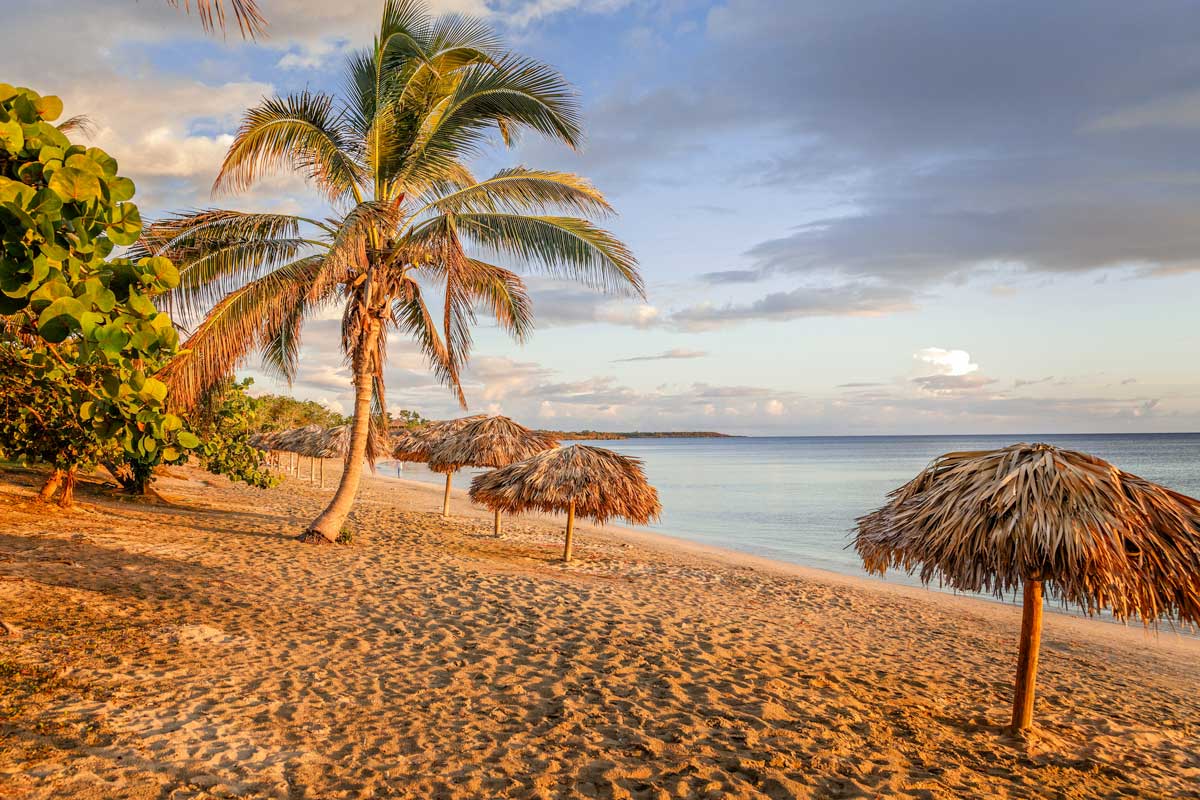
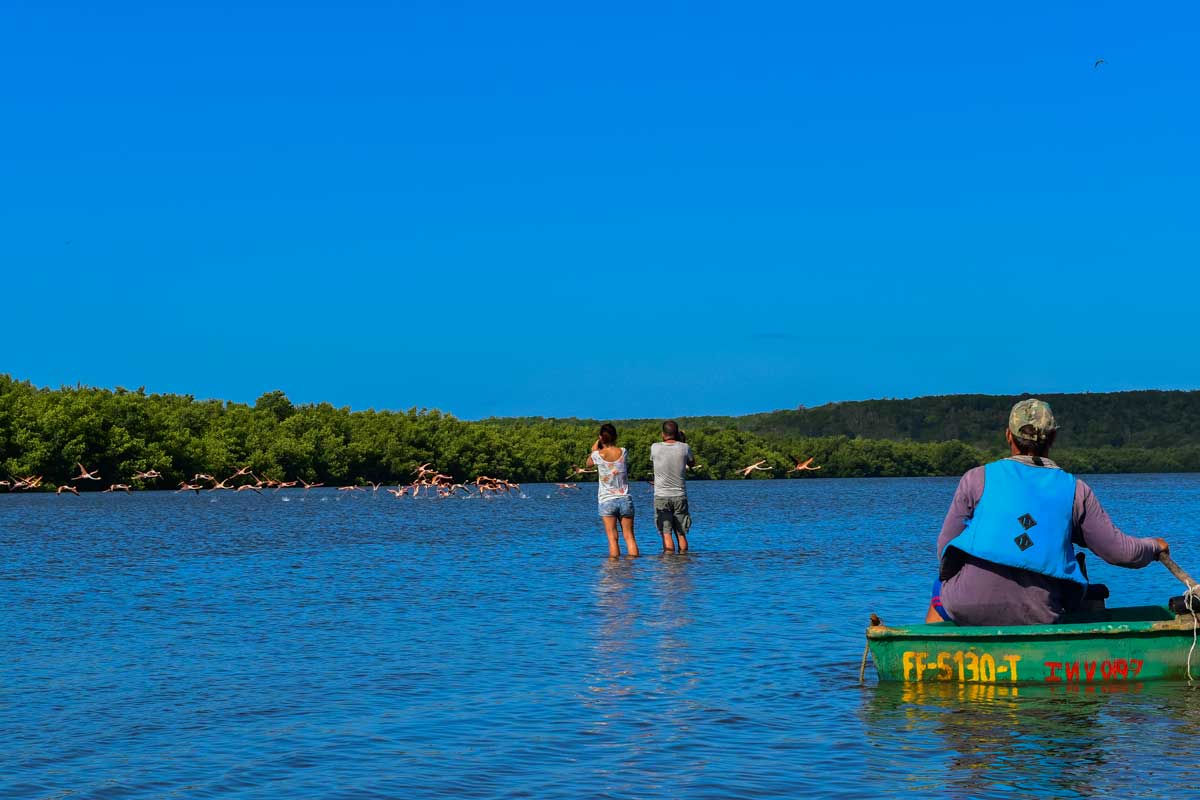
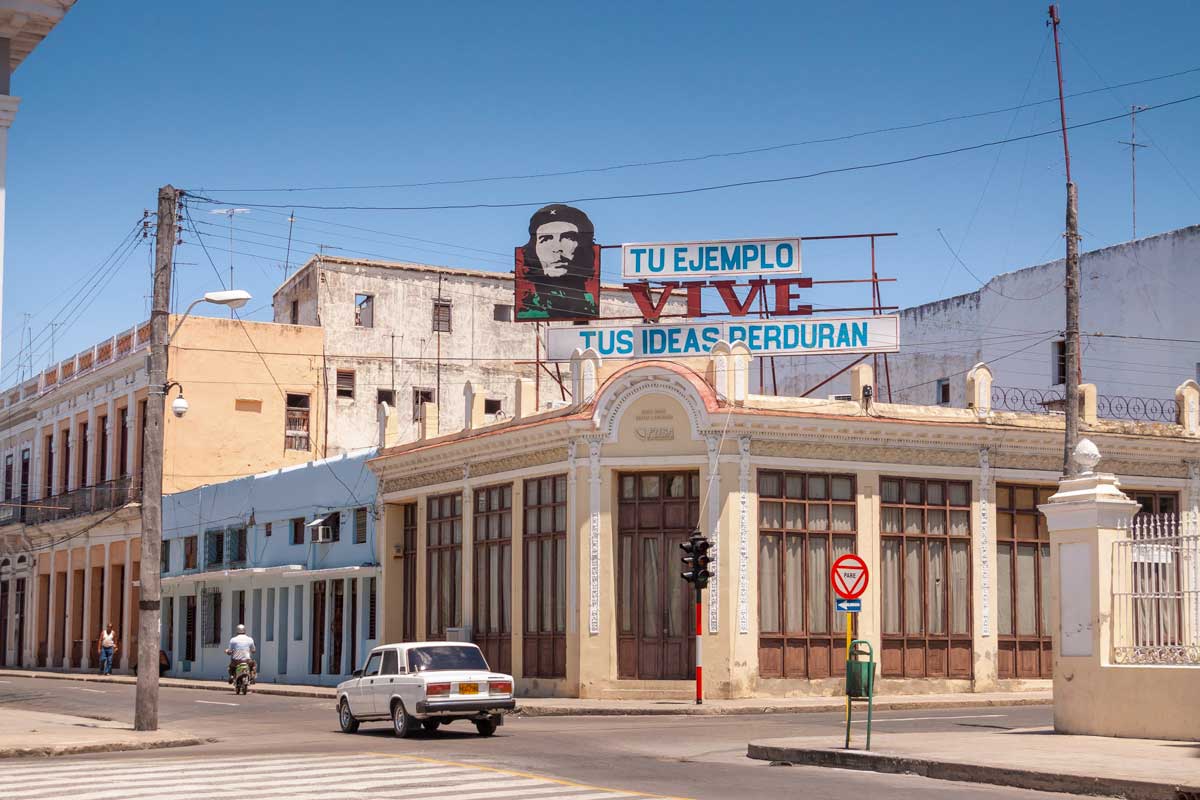
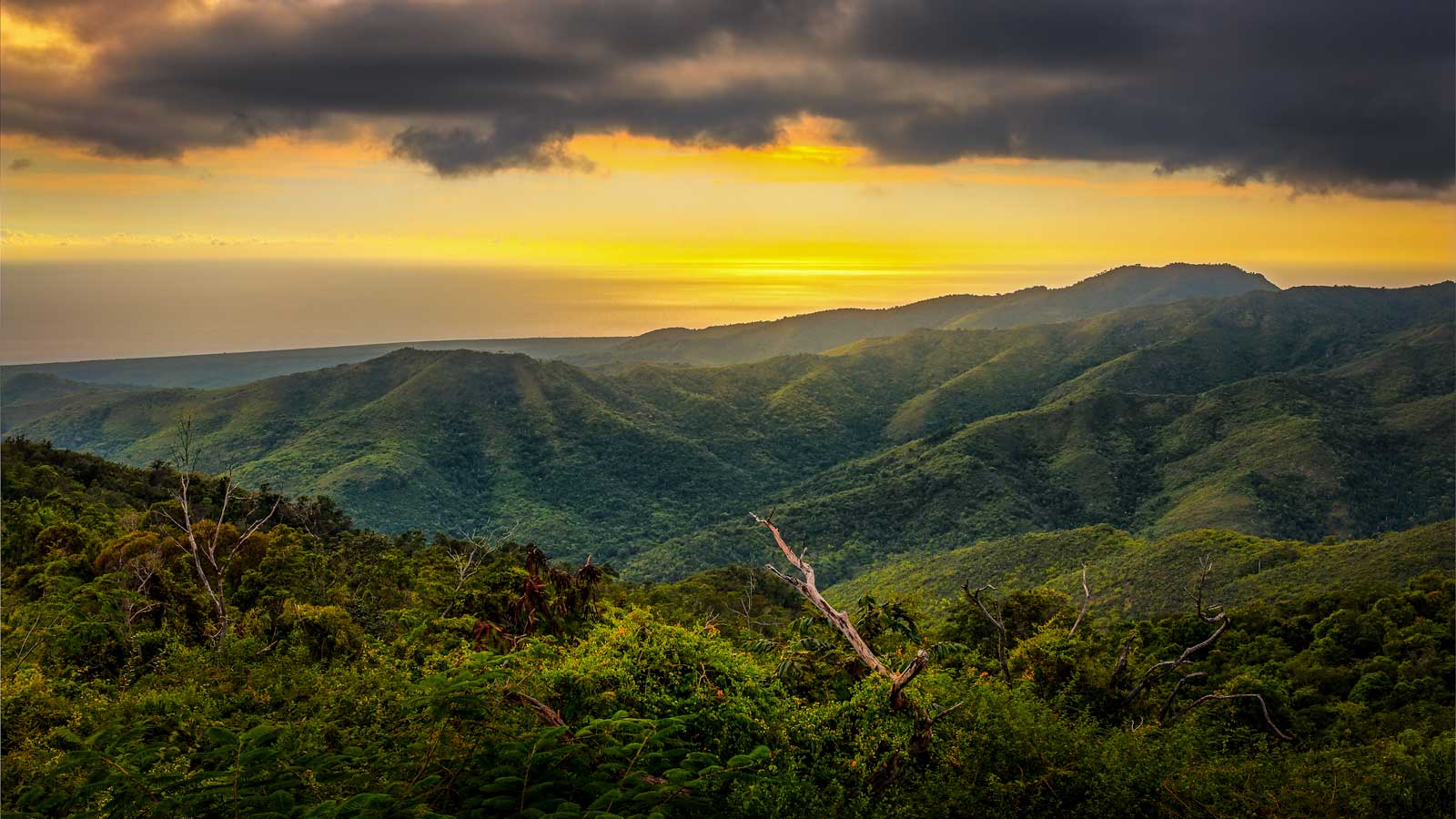
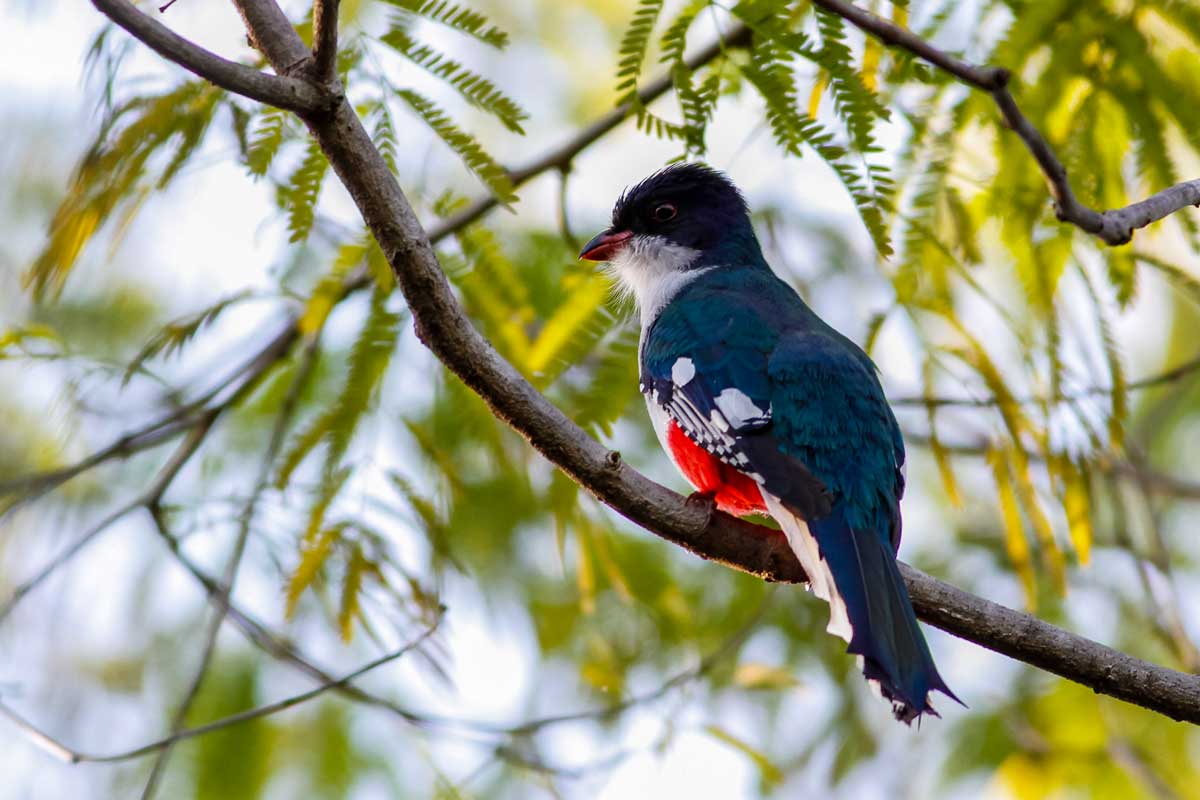
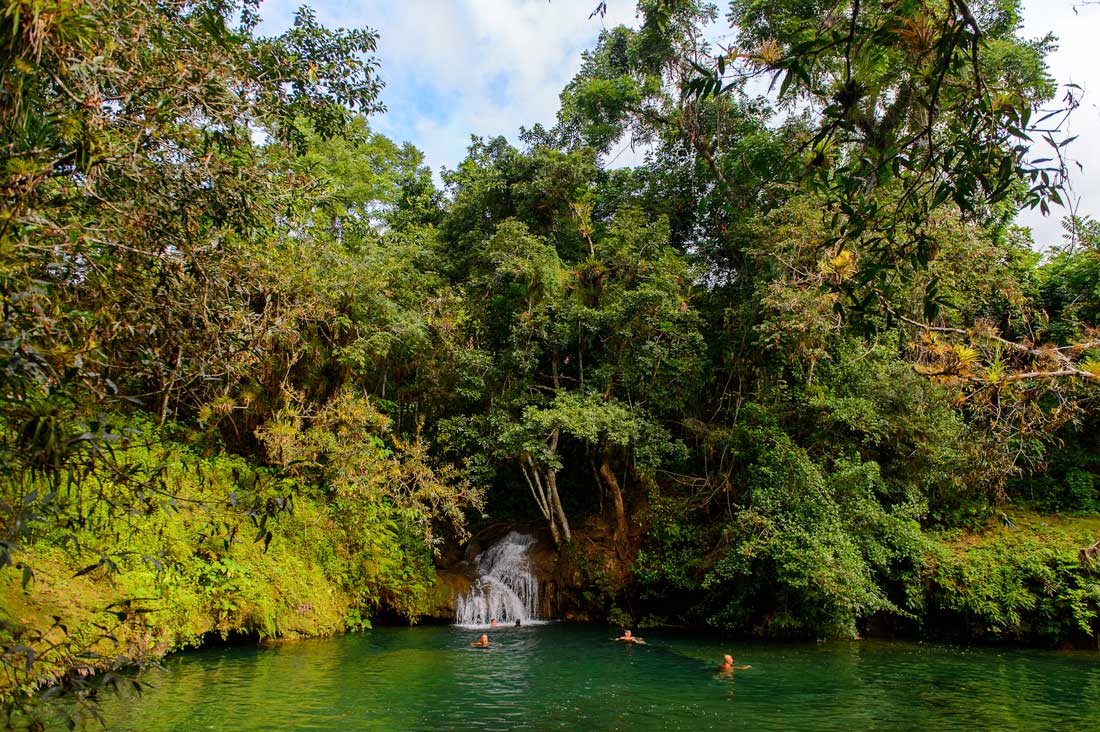
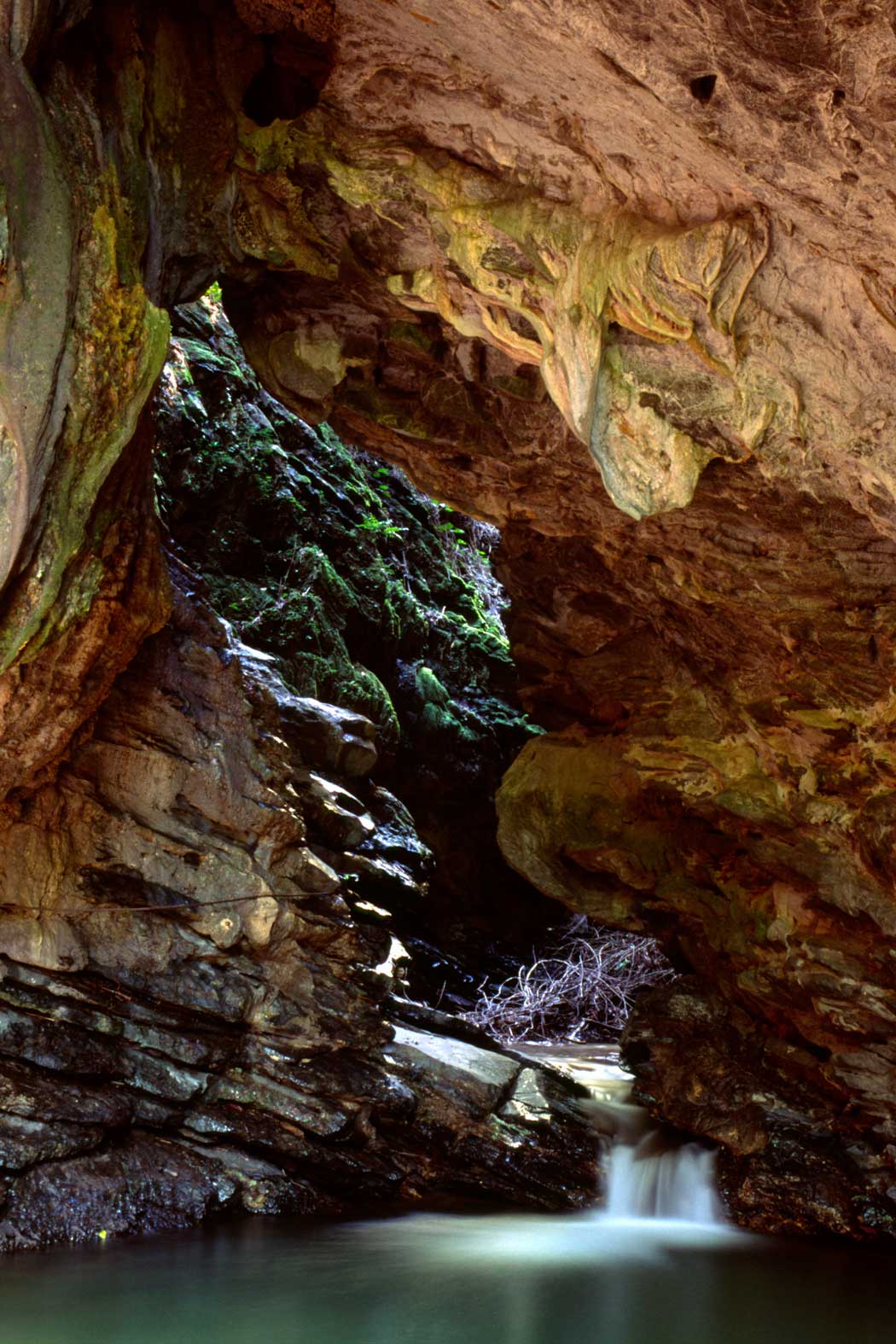
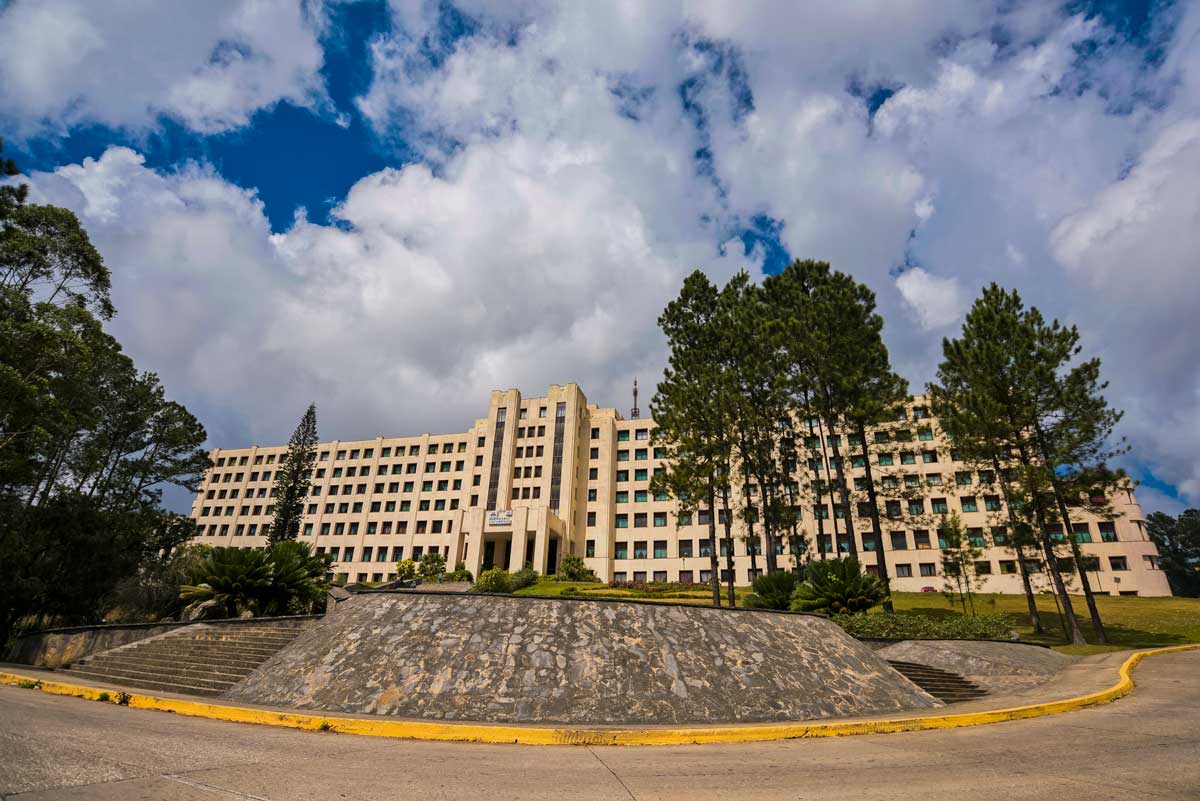
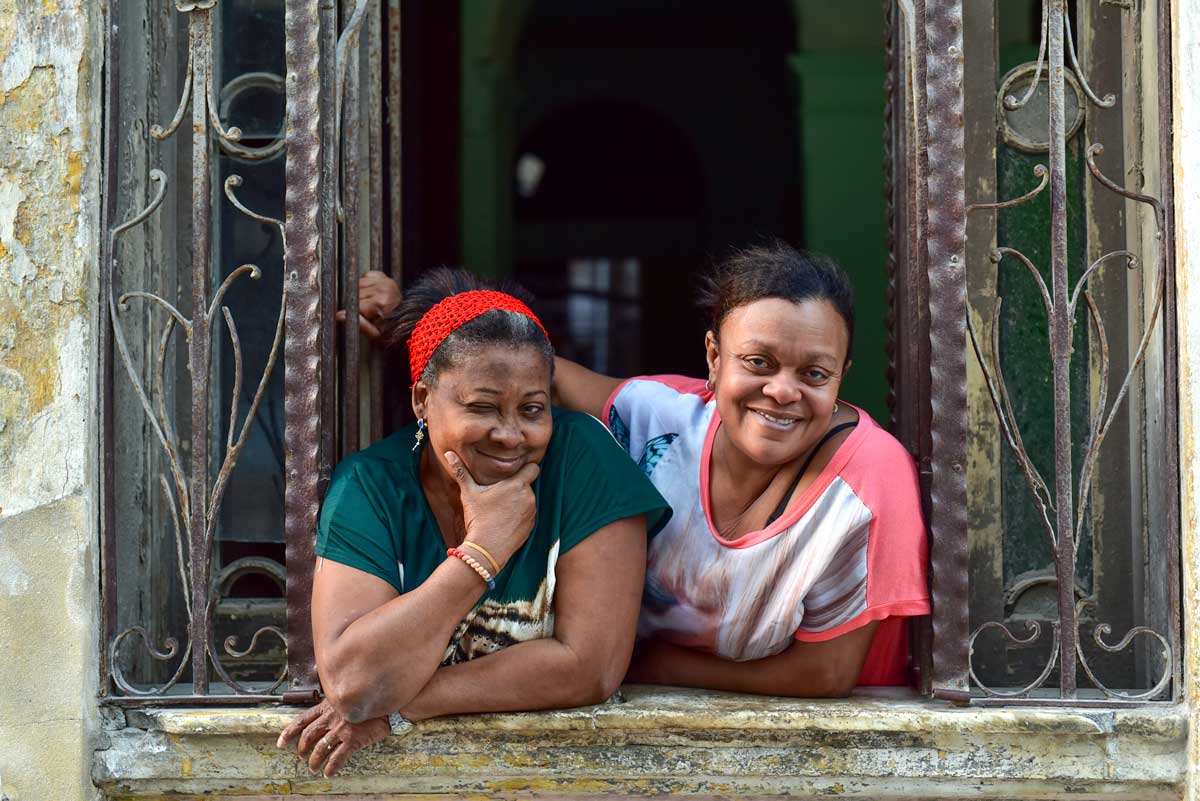
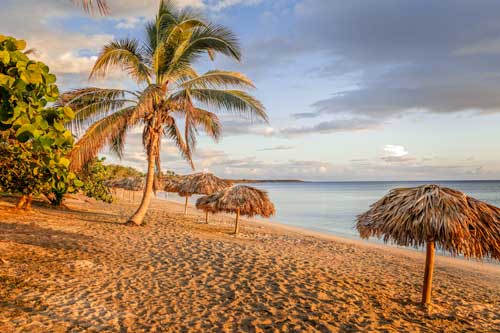 Subscribe to our newsletter for the best monthly stories and insider guides about Cuba!
Subscribe to our newsletter for the best monthly stories and insider guides about Cuba!